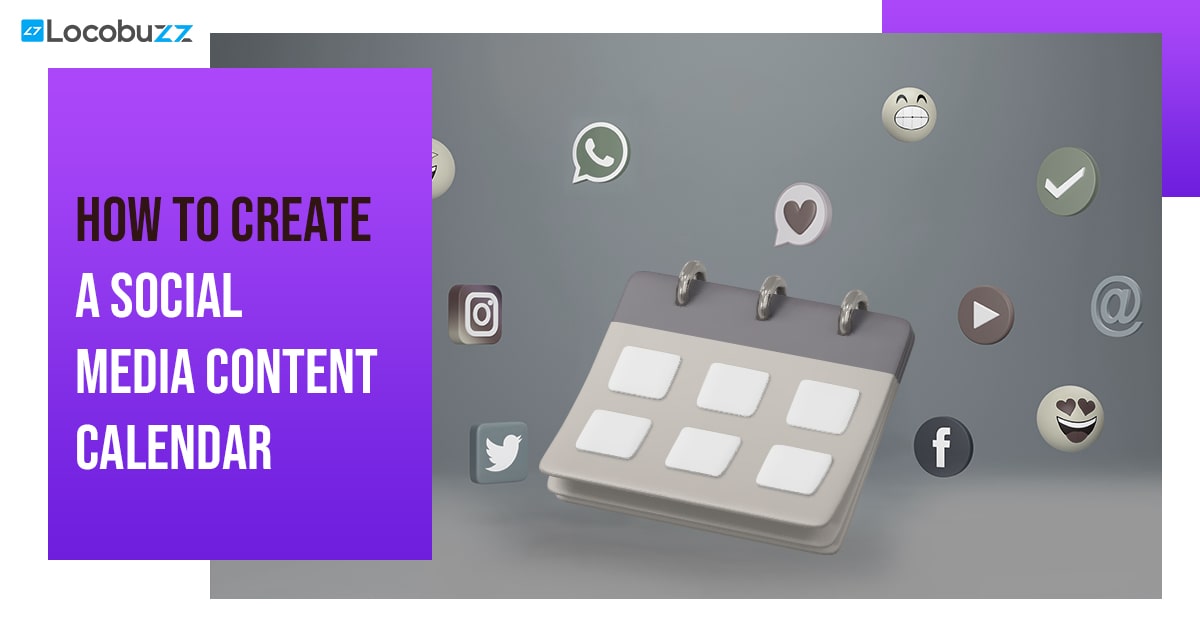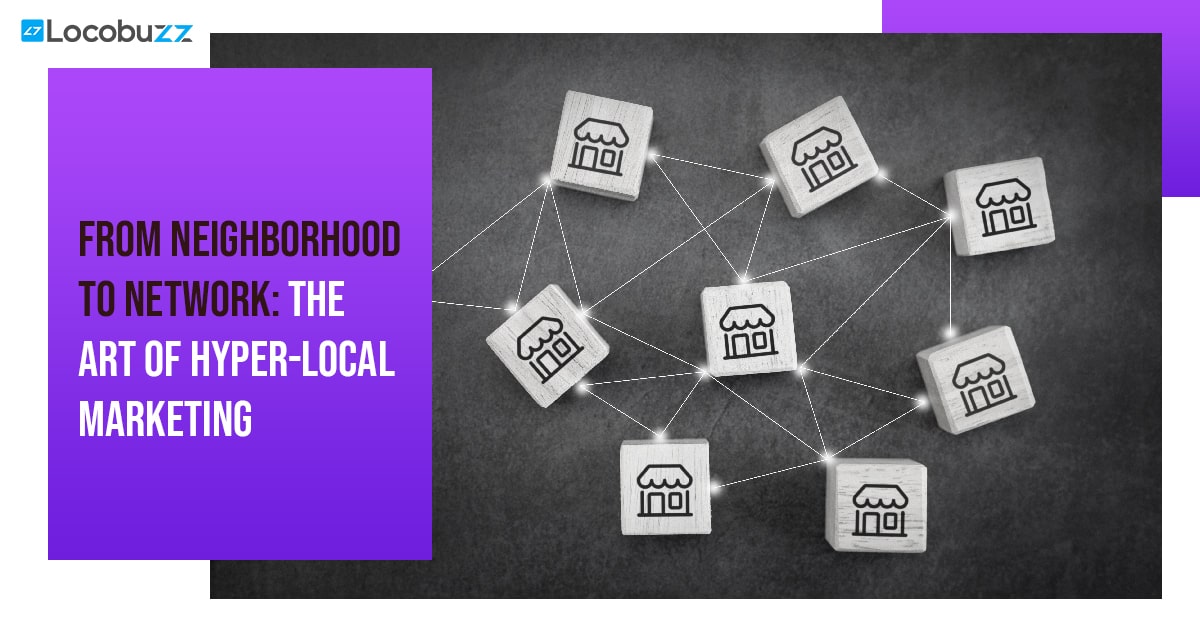How to Create A Social Media Content Calendar

When you create a brand, you try to make it visible in front of your target audience. For this, you take the help of a Social Media Platform to come up and show what you got for your audience. But, Will only uploading posts on Social media will help your brand gain popularity?
If your answer is NO, then you need a solution for this.
So what’s the solution?
Content Calendar.
Making the most of your company’s resources is simple with the help of a content calendar. It works well for organising content development and assists in breaking up future tasks for your team into understandable and manageable chunks.
When you write and publish content in one go, you will most likely make typos, tone issues, and other errors. Setting up a particular period during your working day to draught, edit, proofread, and schedule posts is considerably safer and more effective.
You can plan a successful content mix with the help of a social media calendar, which will also make your workday less hectic. You might hunt for chances to spread social messaging reinforcement across several channels. Additionally, you’ll be able to fix the timeline of your posts to reach the broadest audience.
Table of Contents
But, What Is A Social Media Calendar?
A social media calendar is a list of the dates for all of your upcoming social media posts. If you’re utilising a social media management tool, it can take the shape of an interactive dashboard, Google calendar, or spreadsheet.
For each post, a social media schedule typically comprises a combination of the following:
- When and how it will go live.
- The account and social media platform where it will be published.
- You must use links and tags in addition to copy and creative materials (such as images or videos).
How to create a social media calendar?
To establish a successful social media content plan, stick to the stages listed below.
1. Examine your social media accounts and content
You must comprehensively understand your current social media accounts before you can begin creating your social media posting calendar. Keep a note of all the following points before starting with the job of creating a social media calendar.
- Fake profiles
- Passwords and account security
- KPIs and objectives by the platform for each branded account
- Your target market’s personas and demographics
- Who in your team is accountable for what tasks?
- Your most effective campaigns, postings, and strategies
- Gaps, disappointing outcomes, and areas for improvement
- The most important parameters for evaluating future success on each platform
As part of your audit, note how frequently you post on each social media channel. Additionally, review your analytics to see if there are any hints regarding how publishing frequency or timing affects engagement and conversions.
2. Plan your targets
What is its primary purpose? It should be your first consideration while planning your upcoming content. You should choose the best channel and format based on the target market’s reaction to social media. Is the goal of the article to generate new leads, send readers to a website, increase visibility, or even increase your Facebook following?
The targets you establish significantly impact who, where, and how frequently you create material. Your team must know your objectives before and during the planning process.
Therefore, setting goals should be a significant step in creating a content calendar. Publishing content without a clear goal in mind will not help your business. It will only be a waste of time and money. Each project or appointment on the calendar should clearly understand the intended outcomes for the person working on it.
3. Make a Social Media Content Calendar Template for Your Business
The social media calendar you create will be unique to you. For instance, a small business owner who manages their social media posting will probably have a much simpler calendar than a significant brand with an entire social media team.
Plan out the details and features that are most essential to you in your social media content calendar to make the most of it. In general, it’s a good idea to start with the fundamentals, such as:
- Platform
- Date
- Time (and time zone)
- Copy
- Visuals (e.g., photo, video, illustration, infographic, gif, etc.)
- Link to resources
- Link to the published post with any tracking information (like UTM parameters)
You might also want to provide more complex information, such as:
- Format unique to a platform (Feed post, Story, Reel, Poll, Live Stream, Ad, Shoppable Post, etc.)
- The campaign or vertical that goes with it (Product Launch, Contest, etc.)
- Geo-targeting (Global, National, or specific international countries, etc.)
- Organic or paid? (If paid, further budget information could be helpful.)
- Has approval been granted?
You can start with a straightforward spreadsheet. And can make a social media calendar manually or use a social media content calendar template as a starting point.
4. Describe the Post Categories and Post Types for Each Social Channel
A social media calendar is a framework for posting content that connects with your audience and advances your company. Plan your content around specific campaigns and goals before building your calendar.
Determine the types of content that are appropriate for your audience and business first. Specific categories are:
- Events and announcements
- Product Promotions
- Quotes and motivational
- User-generated content (UGC)
- Blog posts
- Holidays
Depending on your business, your categories can be as general or detailed as you need. A fitness club, for instance, might offer sections for free trials, challenges, workout videos, courses and clinics, recipes and nutrition, and other things.
Create a different spreadsheet to serve as a working library after you’ve decided on your categories so you can organise and compile the unique material, goods, activities, and promotions you intend to provide. Each content category should be colour-coded so that you can distinguish between them on the calendar.
Include any additional information required for your workflows, such as posting dates, post descriptions, URLs, photos, action items, and campaigns. Add a column to the left of the spreadsheet and include your theme if you have weekly or monthly content articles.
5. Create, Schedule and Publish your social media posts on different platforms
Once all important dates have been noted, begin to fill in the blanks with pertinent content suggestions. This material may consist of:
- Theme posts: Do you attend a conference or a trade show? Is there a conversation going on right now about your operations? Follow the general debate in your industry and quickly seize the hot themes.
- Serial postings – Do you provide a service you specialise in and want to promote to your clients? Serial posts are a fantastic method to inform and showcase your skills.
- Subject-matter experts write articles for other blogs that discuss your products and industry news.
- Press releases about introducing a new product, study findings, or expanding your business internationally, to name a few.
- Season’s best or Happy Holidays
- Videos or Images from Projects, Campaigns, and Event
- Stories and interviews with stakeholders that can be viewed as a video or used as an example
- Information about the company: What happens during a coffee break at the office, and who comes in? Some exciting and amusing facts about the company or brand excite your target audience.
To fill your schedule, make sure you have enough pertinent ideas. To keep your content interesting, mix it up.
6. Revisit and update your plan
You already have a single authoritative source for all previous entries if you use a calendar to keep track of your postings. Take advantage of the opportunity to review historical patterns and supplement older postings with social media analytics information, such as the number of likes and impressions the post received in the first hour. A notable audience engagement metric was there. Take advantage of this chance to monitor what is effective and continue to sharpen and improve your social media advertising.
How do I generate fresh content concepts for the social media content calendar?
Making decisions on what to publish on social media might be challenging. As a social media manager, your responsibility is to post current material that your audience finds attractive and wants to interact with. And that is not a simple task!
You can organise your posts using a social media content calendar and scheduling them. Suppose you run a food-focused Instagram account, for instance, and you learn that National Pancake Day is approaching. In that case, you can plan a post for that day with plenty of time to be original, proofread the copy, and source excellent images—instead of rushing to get a post out the door when you see your competitors posting about pancakes.
Thanks to your social media content calendar, you will find it easier to report on previous postings and determine what is effective. So it’s okay if you’re unsure about what to post. You can create a message that aligns with your top KPIs and your calendar to determine what is adequate for your audience.
Conclusion
You may organise campaigns and blog posts to accomplish your social media goals by using a social media calendar to help you arrange your content. You’ll probably get more significant results from social media if you use social media tools to develop and share high-quality posts at the appropriate times on each channel.
Check each channel for engagement and daily responses to fans and followers. Analyse each platform’s data to determine which content pieces are popular with your audience and utilise that information to create upcoming marketing initiatives.






















